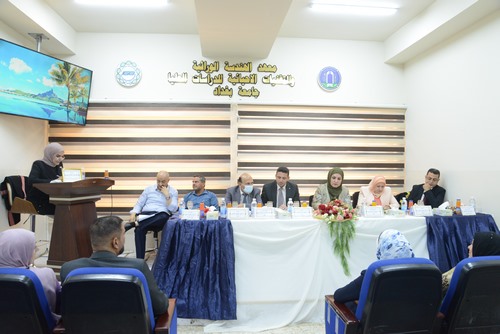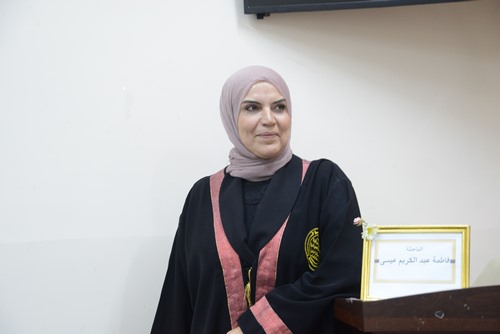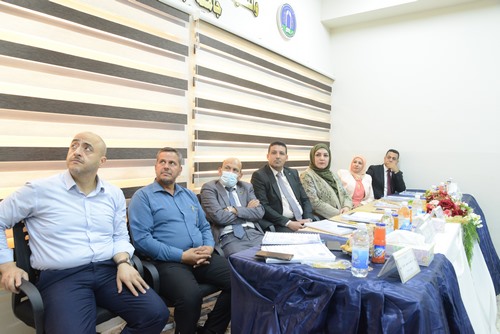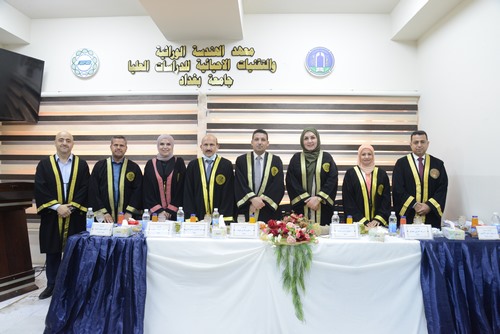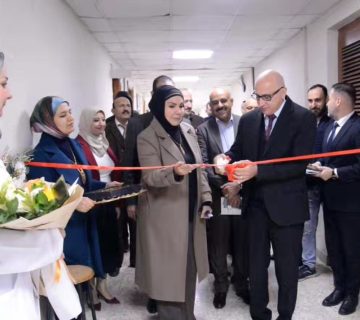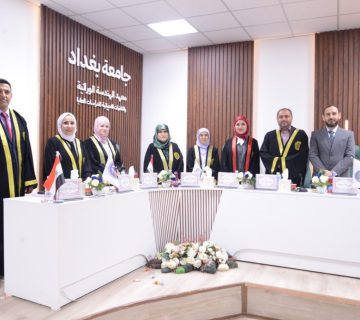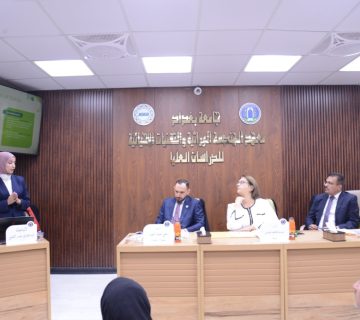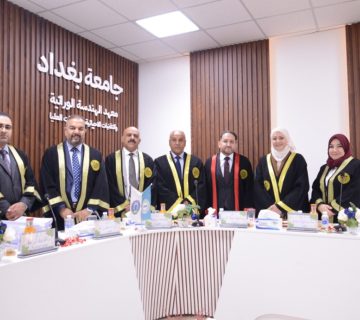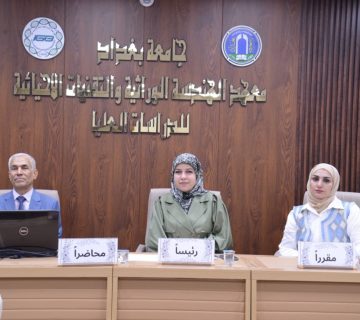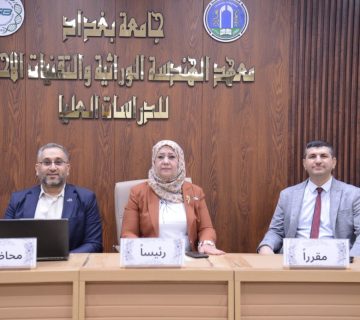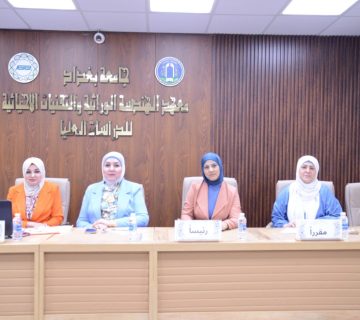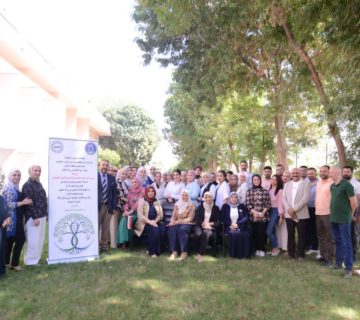The Institute of Genetic Engineering and Biotechnology for Postgraduate Studies / University of Baghdad discussed the doctoral thesis of the student (Fatima Abdul Karim Issa) tagged: (Immunotherapy for cancer by stimulating lymphocytes in breast cancer patients using Newcastle disease viruses) in the discussion hall at the Institute.
The study aimed to provide a new synthetic treatment consisting of lymphocytes and Newcastle Disease Virus (NDV), where samples were collected from breast cancer patients and healthy volunteers of the age group (14-54) at Al-Amal National Oncology Hospital in Baghdad Governorate from June 2020 to April 2022.
The study diagnosed all patients registered in this study by the specialist doctor and according to the clinical symptoms and laboratory results as breast cancer patients, taking into account and within the criteria of the current study the exclusion of patients who receive any type of taking from the types of chemotherapy, radiation therapy or hormone therapy for a period of 3 months before taking samples from them, and pregnant or lactating women or those who wish to become pregnant were excluded from the current study as well Blood samples were collected for the purpose of conducting an image examination Comprehensive Blood (CBC), which included calculating the number of white blood cells (WBC) and the number of lymphocytes and their proportions using an automated blood analyzer.
CBC results showed a higher white blood cell count compared to a healthy inflammatory response, yet it was found that lymphocyte percentages were one-third lower in patients than in healthy people. The samples also underwent flow cytometry (FCM) analysis using the surface marker of the second lymphocytes (helper and cytotoxic cells, FITC CD4 antibody and CD8 antibody human antibody (APC). The results showed that the CD4 count in patients was much lower, which changed the CD8 ratio to just below 1:1. The study recommended that all NDV/lymphocyte combination therapies have a higher percentage of GI than any single treatment with a significant p-0.05 value.
Crystal violet-dyed cancer cell lines were examined after each single and complex treatment at magnification forces (X10), (20X) and (X40) using inverted light microscopy.
